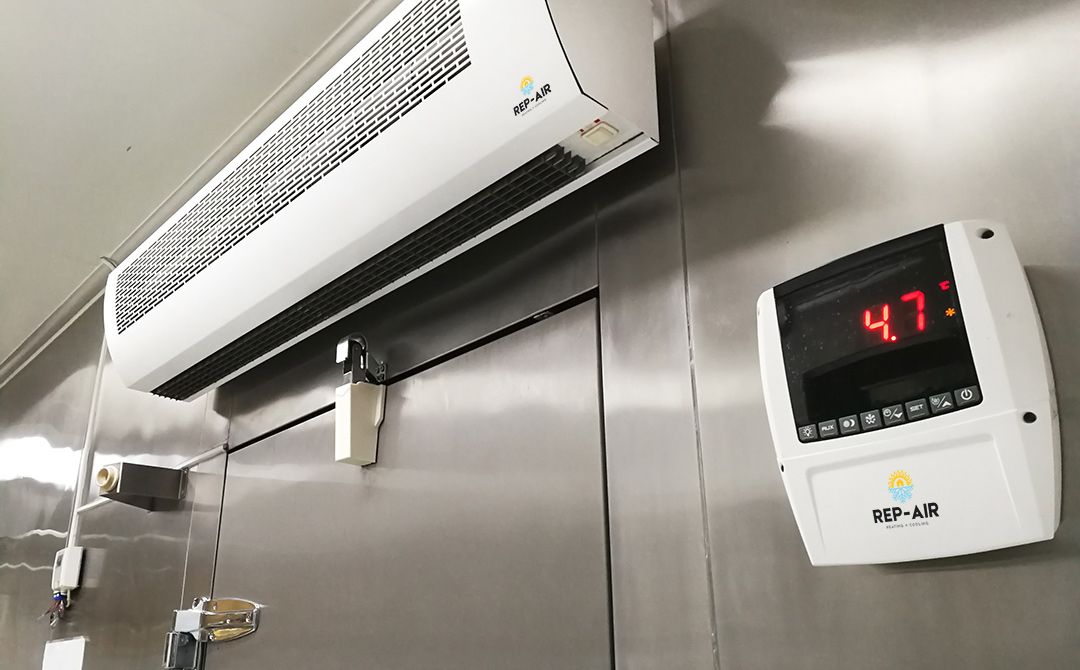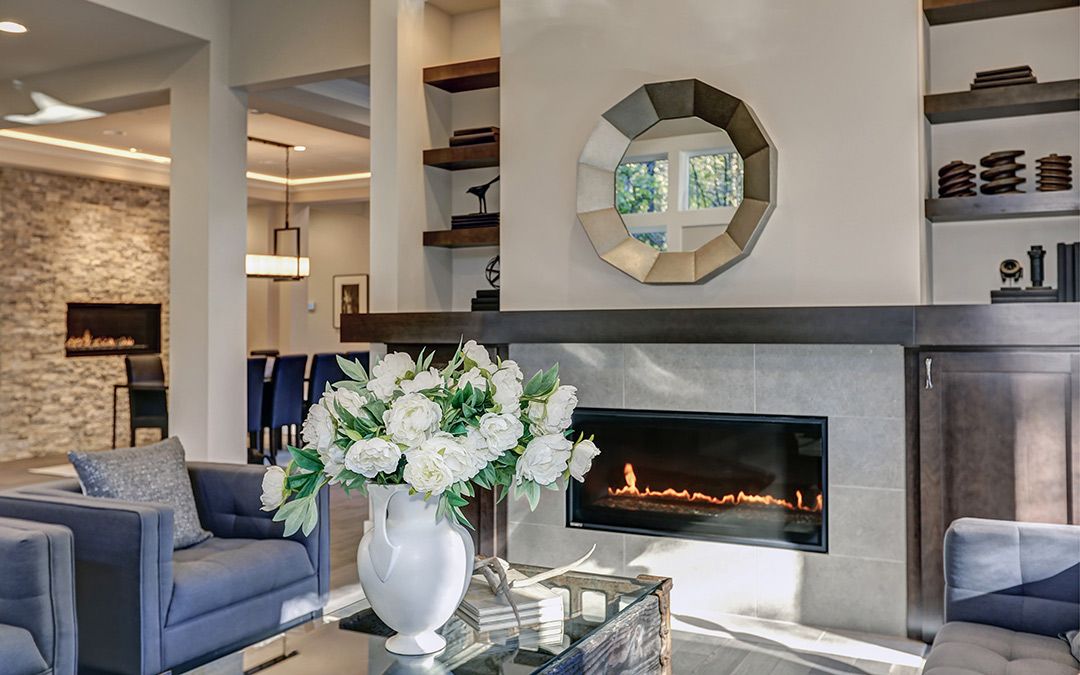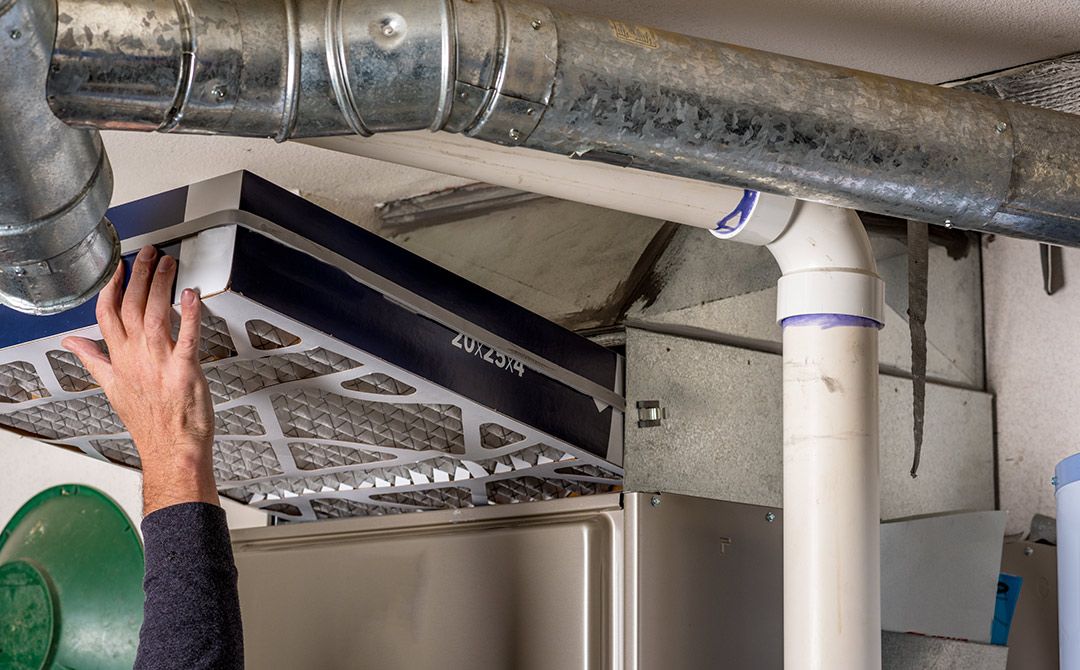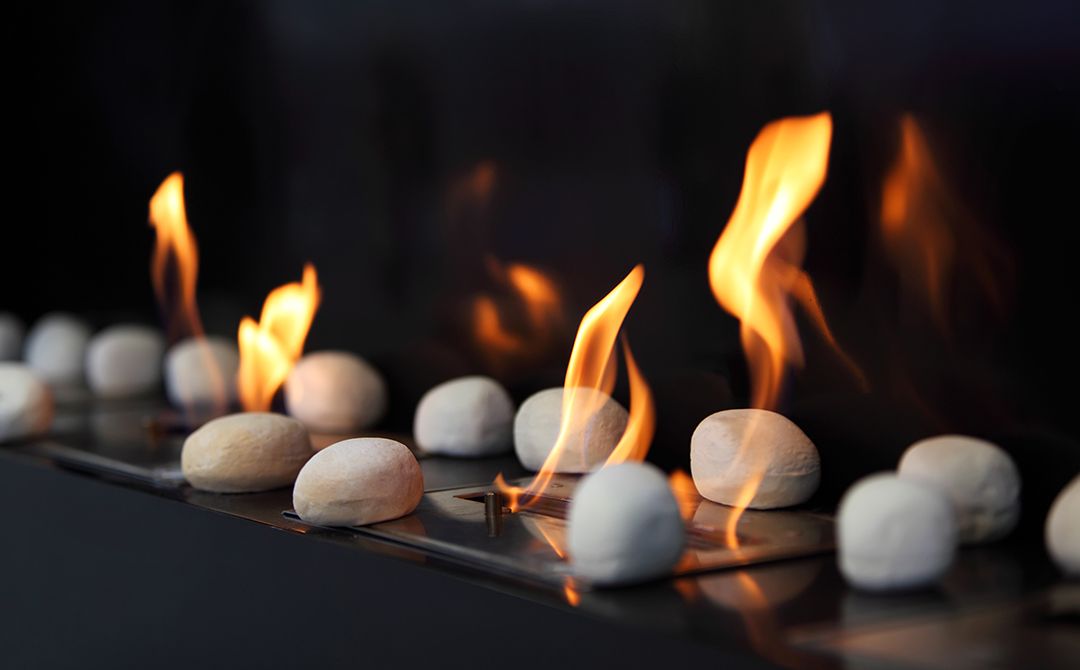Your HVAC Maintenance Checklist for 2020 and Beyond
Do you want to know a secret? The best way to maintain your HVAC and refrigeration is to keep a schedule on hand. Unlike other appliances that may require your attention once a year, all heating and cooling systems need maintenance a little more frequently. Some tasks you can perform yourself to keep them going; others, you will need to contact a licensed technician and specialist.
Knowing what needs to be done and when will prolong your HVAC system’s lifespan, catch minor problems before they turn into big ones, and save energy. Here is an HVAC maintenance checklist you can print out and use for 2020 and beyond.
Daily & Weekly:
- Inspect your HVAC system visually for issues that need a professional’s help. These include: dirty condenser coils, a dirty evaporator, damaged fan fins, water leaks, and frozen coils.
- Listen to your HVAC for any unusual sounds. Call a technician if you identify strange or new sounds, or vibrations.
- If you have outdoor units, keep at least 3 feet surrounding them clear and clean, free of tall grass and debris.
- Trim back plants, shrubs, and trees that are within the 3-foot parameter.
- Gently brush away any pine needles, leaves, or pollen from the equipment outside.
- Keep toys, furniture, garden supplies, etc. away from equipment.
Every 1-3 Months:
- Inspect HVAC filters for clogging, dust accumulation, and pet dander (if applicable).
- Perform light cleaning on the air filters if you own pets (again, this may or may not be applicable). Cold snaps and heat waves can force your equipment to work harder, so bump the task of changing the filter up to every month if these occur.
- Check air vents and fans for excessive debris and dust; a great amount means the ducts may need cleaning or the filter is clogged.
- Check thermostats so they’re at the proper temperature for weekends, days, and nights. When it’s the third month of the season, adjust the thermostat to ‘Cool’ when it gets warm, and ‘Heat’ or ‘Warm’ when it’s fall or winter.
- Inspect the equipment for any disconnected, broken, or loose electrical connections. If you can’t plug a connection in yourself where it belongs, call an HVAC technician right away.
Every Spring & Summer:
- Turn off the water supply to the furnace once you stop using it, usually right when the weather turns warm.
- Hire an HVAC technician to inspect your air conditioning in spring. They will inspect the system and perform maintenance and cleaning on parts where you can’t reach or take care of yourself, such as calibrate the blower, inspect electrical components, inspect the refrigerant lines, lubricate moving parts, clean dirty components that are very fragile, and more.
- If you use A/C every month in the summer, inspect the refrigerant lines. These are two copper lines that connect to the condenser. The larger line (which may have insulation over top it) should feel cold to the touch or have condensation on top. These are signs the refrigerant levels are okay. If it’s not cold or there’s no condensation, it means the refrigerant levels are too low and you need to call a technician. This is one of the top causes of failure in air conditioning, so checking those lines is a must-do task for prevention’s sake.
Every Fall & Winter:
- Again, hire an HVAC technician once it’s fall for annual heating maintenance and inspection. Your technician will check the fuel lines, burners, heat exchangers, voltage and electrical connections, exhaust outlets, and more. They’ll also lubricate the moving parts and address concerning areas.
- Replace the batteries in your carbon monoxide detector. Test when finished to make sure it’s working. This is another must-do task if you own a natural gas fireplace or use natural gas as a fuel source for your heating system. Every 5 years, replace the detector in your home with a new one.
- Turn the water supply on to the furnace in the fall.
- In winter, dust off any snow that falls and gathers on your outdoor HVAC units. If there’s minor ice buildup, usually this is okay. If, however, there are large sheets or blocks of ice forming on the units, call a professional ASAP. Do not attempt to melt the ice yourself.
Annually:
- Check the inside and outside of your HVAC equipment for damage and wear and tear.
- Have the units cleaned inside and out.
- Ensure the ducts connected to your HVAC are cleaned and sealed.
- Compare your heating and cooling bills with the previous year. Figure out if there are any energy-efficient upgrades you need.
- If your HVAC units are nearing the end of their expected lifespan, start developing a replacement plan.
Having this list on hand in 2020 and beyond will ensure you prevent major and expensive HVAC failures and repairs, save energy and money, and prolong your HVAC’s lifespan. If it’s time for an annual inspection and maintenance for all of your heating and cooling units that require a professional, give us a call. At Rep-Air Heating And Cooling we provide our customers with many options that will best suit your needs from heating and cooling to refrigeration. Contact us today for your complimentary quote: 1-844-218-3362 or contact@repairheatingandcooling.com and don’t forget to take a look at our website: https://repairheatingandcooling.com. Follow us on Facebook and Instagram for free giveaways!










